
THE trouble with us gardeners is that we tend to think of time in terms of hours, days and weeks. Plants have no capacity for thinking like that they have to respond to environmental factors and one of the most important is light. This allows 'plant time', where an inbuilt natural clock and calendar is regulated by the time of year and, more precisely, by the duration of day and night length.
Plant's responses to daylight
Photoperiodism is the term used to describe a plant's various responses to daylength. These include leafy versus reproductive growth (flowers), seasonal changes like leaf fall and dormancy, development of food storage organs such as tubers, and vegetative reproductive structures such as strawberry runners.
Detecting the length of day or night, along with the temperature and water availability, enables a plant to tell the time of year and modify its growth accordingly to meet these conditions.
A plant reacts to the day/night cycle by detecting the ratio at dawn. Shorter nights mean spring is approaching and longer ones indicate autumn. The advantage to this response is an increased chance of survival for the plant, by adapting to falling temperatures and maximising the chance of reproductive success. Daylength is more important for the plant than the aboveground temperature, which can very widely from year to year.
Critical daylength
This story is from the September 30, 2023 edition of Amateur Gardening.
Start your 7-day Magzter GOLD free trial to access thousands of curated premium stories, and 8,500+ magazines and newspapers.
Already a subscriber ? Sign In
This story is from the September 30, 2023 edition of Amateur Gardening.
Start your 7-day Magzter GOLD free trial to access thousands of curated premium stories, and 8,500+ magazines and newspapers.
Already a subscriber? Sign In
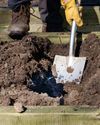
To dig or not to dig?
Should we be carrying out a full dig on plots now? Bob considers the pros and cons of the 'autumn dig' debate
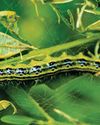
The box ball blues
As if his beleaguered box hadn't already taken a beating, Toby now has to deal with some hungry box caterpillars

Save your own seeds
Masterclass on: seed saving
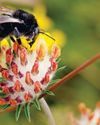
Strange sightings
Three unusual insects turn up in Val's garden in one day

A bolt from the blue!
Cornflowers are perfect for garden and vase
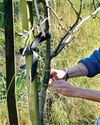
Winter moth prevention
Ruth shows you how to avoid maggoty tree fruits

Create a winter container
There are as many options as in summer
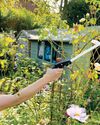
Lightweight gardening tools
AS well as being good for our mental health, gardening is also great exercise.

Autumn price round-up
AG finds better bargains in lesser-known brands
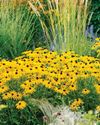
Rudbeckias
Rudbeckias are ideal for sunny summer patios and borders, with some able to survive our coldest winters